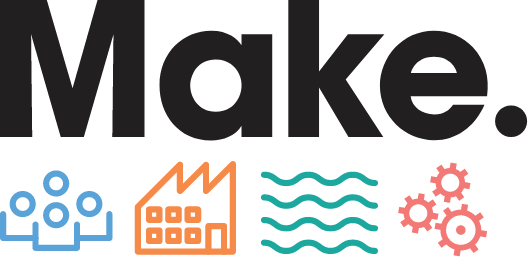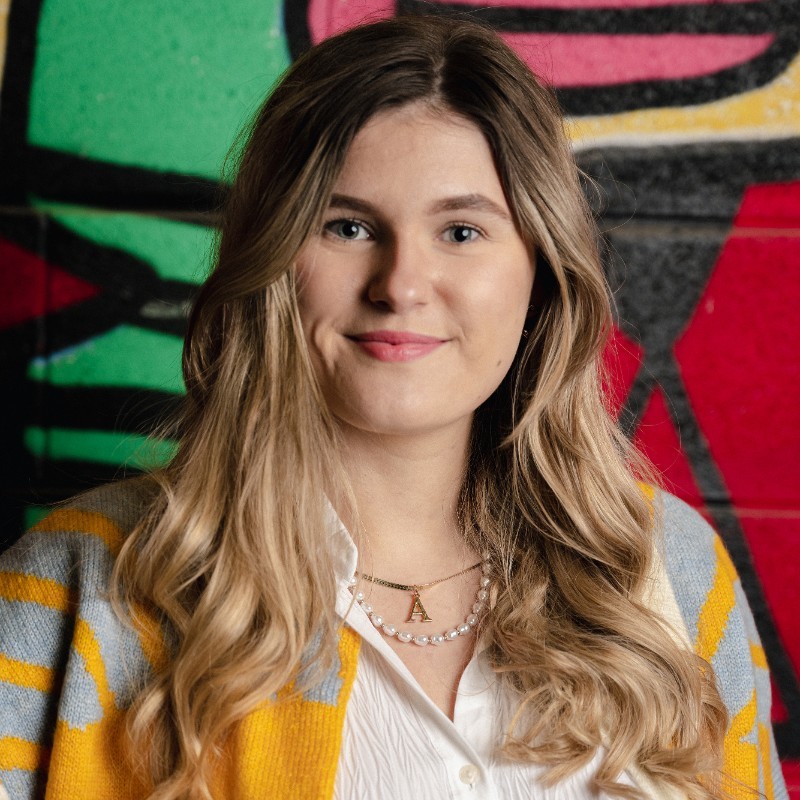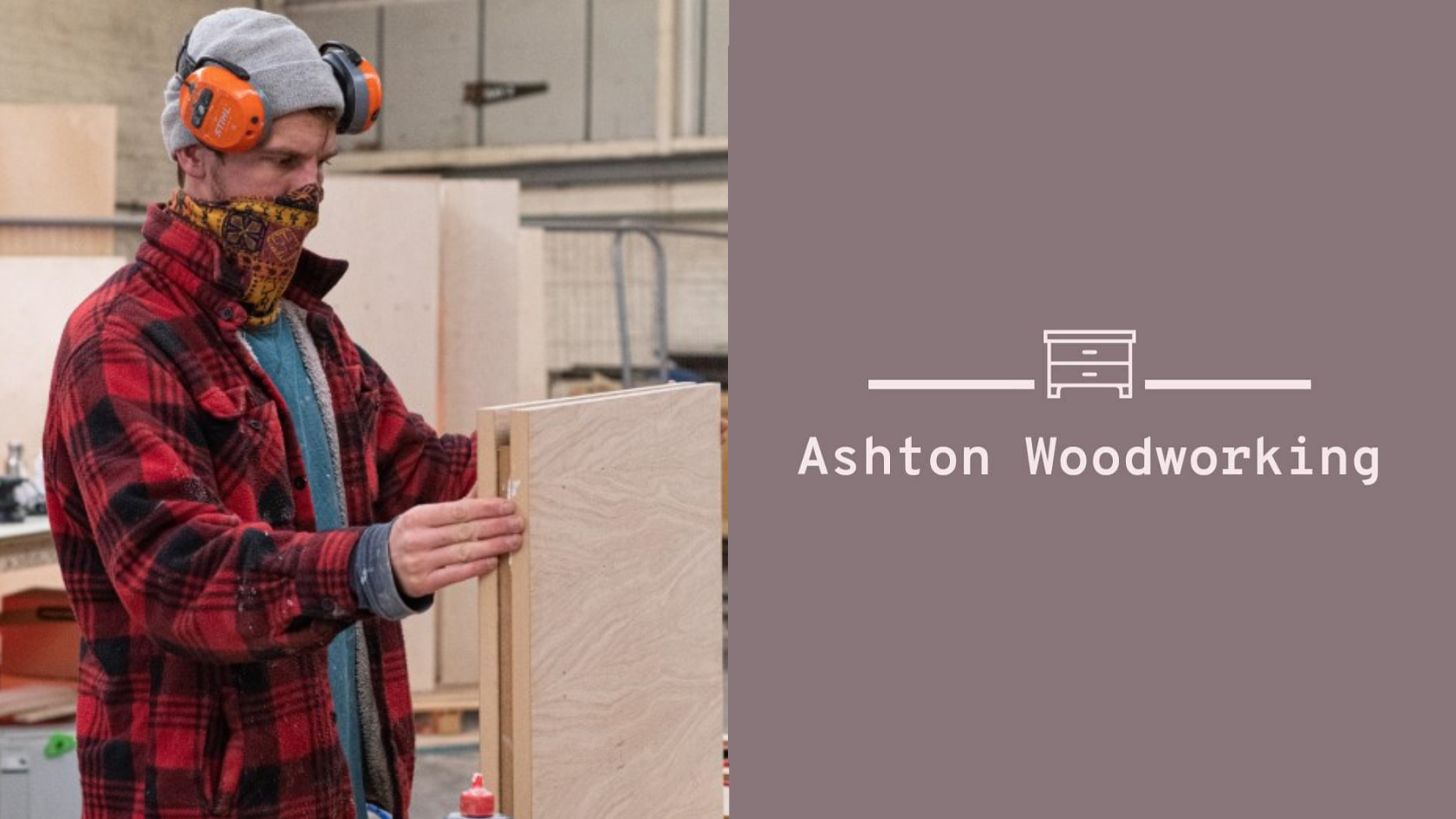Welcome to “Meet the Maker,” your insight into the diverse talents shaping the Make community. Today, we’re shining a spotlight on Josh Chawner, a resident with a doctoral background in physics who adds a creative twist to our space with his stop-motion LEGO films. At Make, our community is built on individual stories, each contributing to a collective masterpiece. Explore with us the intriguing journey of Josh, where his expertise in physics intersects with the imaginative world of stop-motion LEGO films. Sometimes, the two worlds coincide, and at other times, the LEGO animations spin fictional tales. Read on to discover the unique intersections that define Josh’s role in shaping the spirit of Make.
Tell us about yourself and the work that you do?
I make stop motion films, using Lego. I was always surrounded by Lego as a kid – my older brothers had it. I loved Lego and then became a huge fan of Wallace and Grommit and its stop motion style, so I started very early – I was 12 when I made first animation.
YouTube was just coming out at the time. I made my YouTube channel in January 2007, fairly early on, as a place to upload my animations. It was purely a hobby and I’d share them online and with friends and family. A few years later – around 2010 – I was at college, and made an animation about an epic train chase. That was my first video to really pick up attention – it was getting tens of thousands of views per month and my channel started getting subscribers.
I studied physics, so I never really saw it as something I’d do full time, but I kept it going during my uni years. Each each summer I’d release a new animation and stuck with that action/ comedy genre, which is what I’ve become known for.
My channel started to do really well from that. I finished my undergraduate degree and went on to a Master’s and PhD in Lancaster. By the time I started my PhD, I was earning more from my YouTube channel than my stipend, from ad views when people were watching my films.
Now, my Lego Cracken film has had 54 million views and it’s the magnitude of those views that has made it viable.
What made you start the business?
My primary source of income is from YouTube, but I also do commissions, like a science documentary on the ISIS neutron for Rutherford Appleton Laboratory in Oxford. They were aware of me because of my PhD work, so they commissioned me to make a documentary for them.
It’s nice because it means that I can apply my background in science; but I still do the action comedy. From a business point of view, they bring in the most money and are most fun to do. I love putting them together. My latest release is the Barracuda Heist and I’m working on a new one at the moment, which is like the spiritual successor to the Cracken. Because I only make one film a year, it needs to be a good idea to dedicate that long to it – and, because it takes so long, you have a lot of time to think about what you’ll do afterwards. I already have a few ideas for what I’ll do after this one, but I haven’t decided yet…
I let the ideas come naturally; and I watch a lot of movies and travel when I can. But when you have a good idea, you just know. You can see how it will play out within the medium of Lego animation.
Which Make space are you resident in?
I’m in room 208 at Make North Docks.
How long have you been a Make resident/worked with Make?
I’ve been there since 1 May 2022 – for nearly 18 months now.
What made you move into Make?
I finished my PhD in lockdown in Lancaster and started part time academic work alongside part time stop motion. But I felt like I couldn’t dedicate myself to either. So I switched to working full time to animation, still living in Lancaster, working from home, where I made the Barracuda Heist.
I look back on that time with fondness, but it’s very solitary work. I realised it wasn’t a viable solution in the long term – I’d go insane. I thought there must be co-working, where you could get your own studio and where there was a community on top. I tried everywhere in Lancaster, but there was no availability. My younger brother studies architecture in Liverpool and I’ve always had a close relationship with the city, because I grew up in Cheshire.
Liverpool appealed to me – it’s near the sea, there’s a lot of-open space and I liked the city, so I decide to find somewhere in Liverpool to set up my studio. The Liverpool Artist Network was a goldmine and I went through its list of studios, emailing everyone. Make felt like the right place for me, as soon as I visited. Some of the other spaces were quite clinical and there didn’t seem to be much community.
What have been the highlights for you in that time?
I really enjoyed the ten year anniversary – it’s the first time I’d ever presented my work as an exhibit. It worked out really well and I’d never considered that before…
It’s also really opened my eyes to a new artistic community. I started going to exhibition openings and galleries I’d never heard of – I got a sense of what was going on behind the scenes, that I’d never really experienced before. It was quite a jump from living a science-oriented life, to start living the live of an artist.
It’s been an interesting transition and having a creative community around you gives you validation – I am an artist now. When I was working at home, all my friends were working at the university and I felt very much outside of that world at that point.
What I was doing felt very alternative, very temporary – but coming somewhere like Make, and realising you’re one of many who run a business by yourself, you can make it work full time. It validates it and gives you another perspective. People are always visiting and other residents pop in to have a look and see what I’m doing – it’s nice to share it with people. It feels like you’re working on something really valuable.
Tell us about the relationship you have with the community at Make.
Straight away I had a sense of the community – I met quite a few people when I looked around. The rent is a good price for me; it felt perfect when I had that tour – exactly what I was looking for.
I realised that I was looking for somewhere where they’re be people around when you’re having a cup of tea. When I did my PhD I was part of a good community of scientists and realised I need it – when you have your lunch break and come back to work, you just feel so refreshed and ready to get back into it. I wouldn’t work as productively – and would probably go insane – if I was sitting on my own every day.
There are a lot of unexpected benefits, too. I’d led a very scientific life up to now, so it’s been really nice and refreshing to be integrated into a more artistic and business-minded community. To be part of things that are happening at Make and through people I know there, surrounded by people who run businesses by themselves. The amount of information I’ve picked up is absolutely absolutely priceless – whether it’s coming up with quotes, business rates, how to run a business generally or social media tips – there’s always someone who knows those things around.
Hop over to Josh’s YouTube channel to see more of his work…
Want to become part of our community at Make North Docks?
Come along to one of our Open Days – check out our studio and workspace, discover our wood workshop and meet some of our makers. Or get in touch for more info at Hello@makecic.org.











